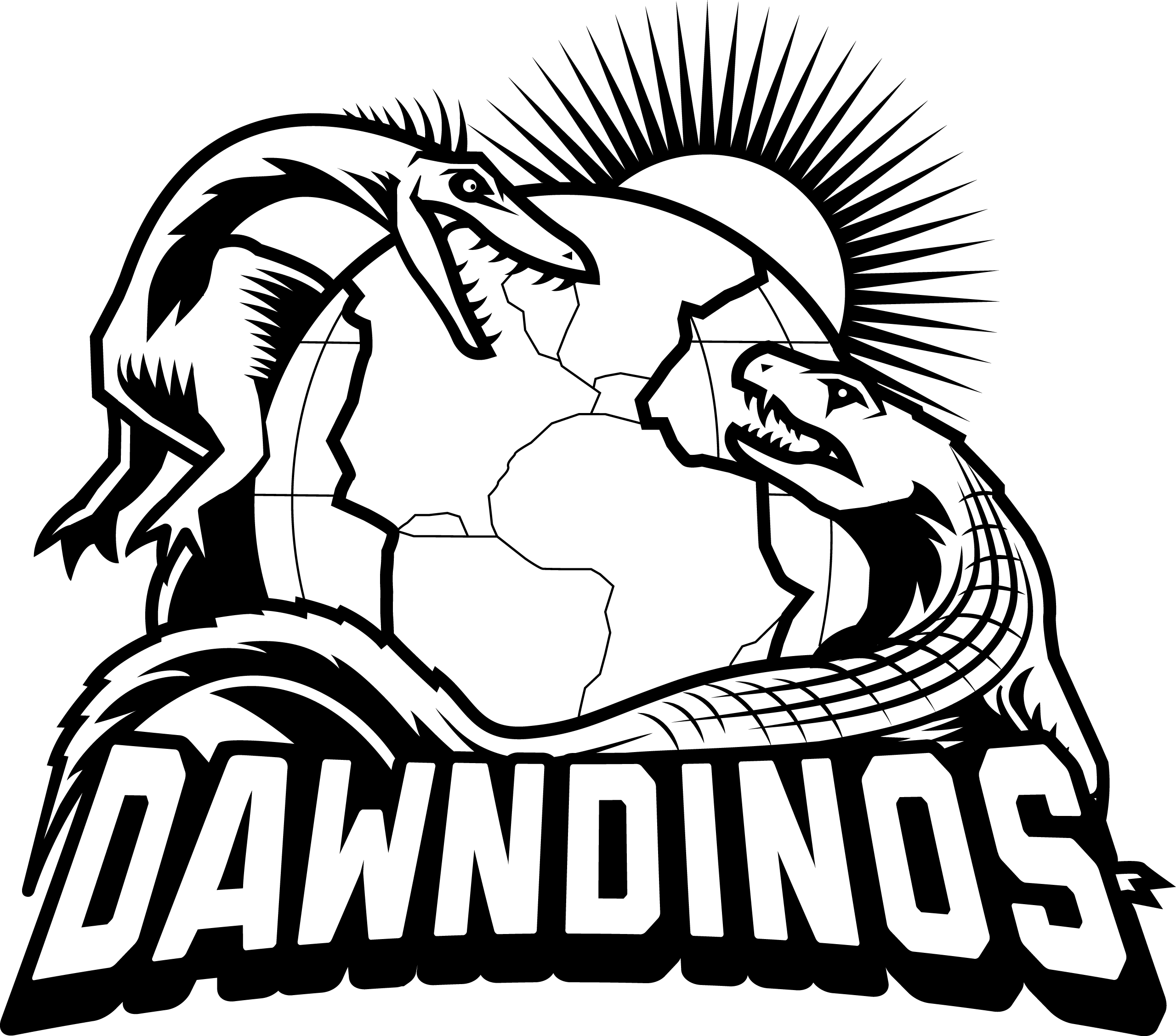In our study, in order to compare how well birds and crocodiles stand, walk, run, jump and turn, we will measure how their limbs function to support and move their bodies whilst they conduct those behaviours.
The measurements and data we collect from our animal subjects can then be applied to 3D scans we have of fossil dinosaurs and crocodiles. By carefully comparing fossil and live animal skeletons we can learn about standing, walking, running, jumping and turning in extinct dinosaurs and crocodiles.
Good computer simulations from experimental data tests on living animals enable more plausible simulations of extinct animals—and future simulations of living animals for novel, non-invasive applications.
Experimental data collection for our simulations involves measuring how limbs support and move bodies in the living animals. To do this we:
(1) measure what the skeleton (e.g. joints) is doing using XROMM (X-ray Reconstruction of Moving Morphology) and, (2) measure what the muscles and tendons are doing using EMGs (electromyograms) and Forceplates .
Once we have collected our experimental data we will use our musculoskeletal modelling and simulation tools to predict how eleven late Triassic archosaurs (dinosaurs and their cousins; quadrupeds and bipeds of disparate forms) may have moved, and to compare how their performance in the five behaviours (standing, walking, running, jumping and turning) related to locomotor traits, testing if the results fit expected patterns for “locomotor superiority.”
One of the most important requirements for creating accurate 3D skeletal models is being able to generate high-quality digitised bones. For our project we are using two methods: computed tomography (CT) scanning, and photogrammetry.
Examples of Musculoskeletal Models:

Ostrich
Musculoskeletal model of the hindlimb of Struthio camelus (an ostrich), a medium-sized modern theropod dinosaur (bird).

Allosaurus
Musculoskeletal model of the hindlimbs of Allosaurus fragilis; a large, late Jurassic theropod dinosaur.

